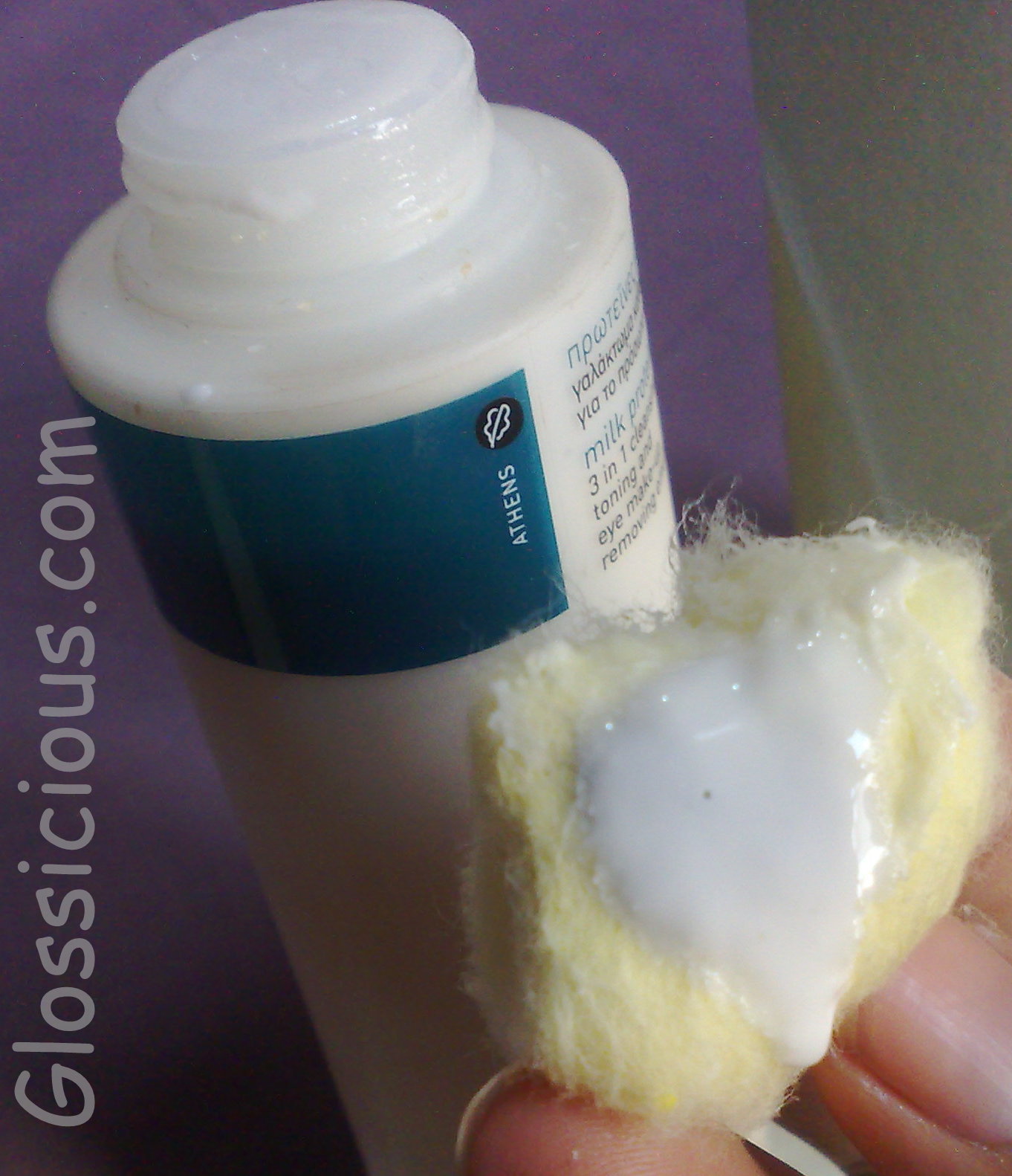

#Milk emulsion butter plus#
I'll get to these two phenomena later, but, first, a little background.īutter is a complex blend of fat (by law, at least 80 percent in the United States and 82 percent in the European Union) and water (16 percent to 18 percent), plus 1 percent or 2 percent protein (mostly casein) and perhaps 1.5 percent to 3 percent salt, which both kicks up the flavor and wards off rancidity. Butter contains a relatively large amount of water, and it's the water that gives butter its unfatlike properties, such as being able to bring a sauce together and frothing up when heated in a saute pan. Butter's magic arises from its uniqueness, not only in its history and renowned flavor but in its composition. Why does butter do it?Ĭalling butter a fat is like calling the Queen Mary 2 a transatlantic ferry.

Adding any other fat, such as olive oil, doesn't do that. So in accordance with French culinary custom, I "finish" the sauce by adding a "nut" of butter and whisking it in lightly, whereupon the sauce magically thickens. In some baking recipes, such as with cakes, the emulsion begins with the butter, sugar and eggs and continues while you add the dry ingredients, such as the flour, and/or the cream, milk or buttermilk.When I make a sauce by deglazing the pan with wine or stock after sauteing meat, the result is usually too thin for my taste, even after reducing it. You will notice a slight curdling in the creamed butter and sugar or creamed butter/sugar and egg mixture, but it will come together when you start to add in the flour, during the next step. They will quickly warm from the action or friction from the beaters.

SARAH SAYS: You can add eggs, cold right from the refrigerator when using a powerful stand mixer. It results in a creamy batter that holds in the air bubbles in, previously created through creaming and beating. Room temperature eggs, worked in slowly, not only helps to incorporate more air in the batter and but also adds emulsifiers slowly from the egg yolks and will not break the fat (from the butter and egg yolks) and water emulsion (from water contained in the butter or fat and eggs). Each one should be fully incorporated before adding more. Emulsifiers are also found in egg white, gelatin, skim milk and mustard.įor example, after creaming fat and sugar together, the first step in making a Buttercake or Pound cake, is to beat in the room temperature eggs, ONE AT A TIME with the mixer on low. Mayonnaise is a classic example of emulsification it is mixture of oil and vinegar or lemon juice that is emulsified by the addition of egg yolk, which contains the emulsifier lecithin. A third ingredient, called a liaison or emulsifier, is added because the two ingredients will separate. The whisking disperses and suspends one liquid throughout the other.
#Milk emulsion butter how to#
How to EmulsifyĮmulsifying is done by slowly adding one ingredient to another while whisking rapidly. This results in a baked cake that is grainy or flat in texture, dry and flavorless, look uneven and may even sink.

If not stable, the batter will loose air cells. This is because the butter and liquids are in a stable emersion. A well emulsified cake batter, for example, should not be curdled or weeping liquid. To emulsify means to combine two liquids that normally do not combine easily, such as oil and vinegar. Many food products are emulsions. The most common natural example of an emulsifier is portrayed in milk, a complex mixture of fat suspended in an aqueous solution.įat and liquid by nature are unmixable, and the goal when mixing a recipe is to form a water-in-fat emulsion. Emulsify: What is Emulsification and How Does it Work?Ĭopyright © 2000 Sarah Phillips All rights reserved.


 0 kommentar(er)
0 kommentar(er)
